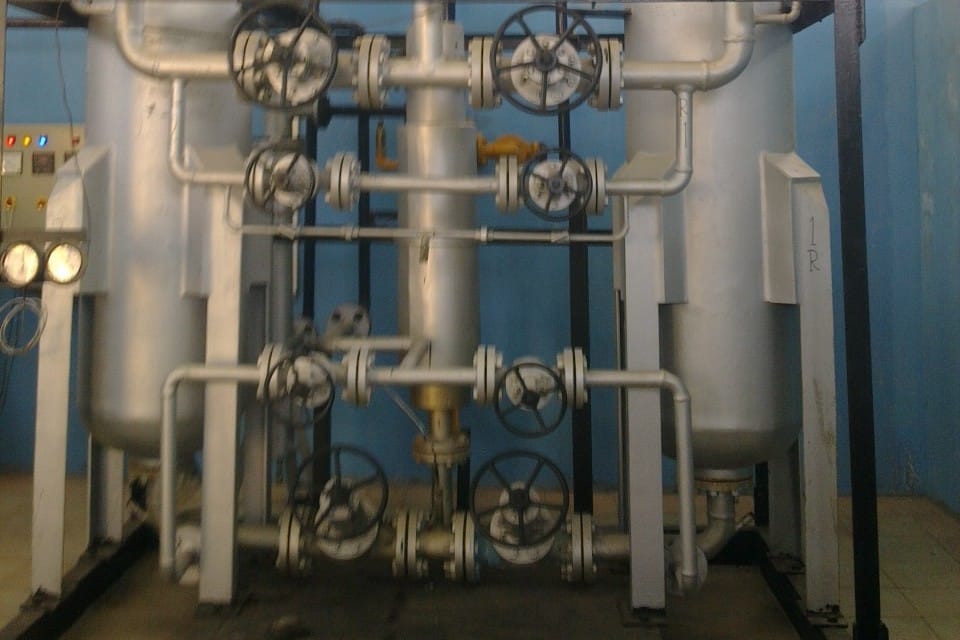- A-29, Industrial Area, Site IV,
Sahibabad, Ghaziabad, UP, India. - (+91-120) 2896063
info@bhartiyagroups.com


Are you seeking information, how to turn oxygen into a liquid, how and when to produce compressed gas, or how to produce liquid oxygen on Google? Oxygen is a crucial component for humans to live on the planet, and it is abundant, accounting for 21% of the greenhouse effect. It also forms up a larger part of the earth's core, responsible for nearly 46.6 % of its bulk.
Besides being necessary for the survival of all living Organisms, it has been one of the most widely used industrial gases. Metal, steel, welding, glazing, cutting, heating, oil and petroleum, treatment of wastewater, medicine and other industries all use it. Cryogenic oxygen plants have been used in industry to generate liquid oxygen plants since it is convenient to store and transport while also being cost effective. Furthermore, compared to atmospheric oxygen, liquid oxygen plants are less likely to leak. Carl Von Linde invented the cryogenic way of producingliquid oxygen plants in the 1930s, and it is still usually utilized in commercial oxygen production plants.
Features of Liquid Oxygen Production
- Electricity consumption is reduced.
- Transport and storage are straightforward.
- Specialized materials are used to construct cryogenic storage tanks.
- It is transformed to gaseous form and uses a vaporizer.
- Liquid oxygen storage tanks are lighter in weight.
Oxygen liquid plants extract atmospheric air, compress it, and freeze it until it liquefies. Our oxygen plant machinery is constructed with cryogenic distillation materials. At its boiling point of -183 degrees Celsius, oxygen is distilled. In the manufacturing and fabrication of oxygen plants, high-quality components that fulfill American Society of Mechanical Engineers (ASME) criteria are used. Heat exchangers and air separation columns are closely coupled for maximum effectiveness. The compressing of air generates energy in the plant equipment. A cold box is used in liquid oxygen plants to effectively reduce distillation temperatures. Following that, the compressor is sent through a purification process, which removes contaminants like vapors, carbon dioxide and hydrocarbons. The air is then guided into a low column, where liquid oxygen is created at the column's top.
Cryogenic oxygen plants, liquid oxygen plants, oxygen production plants, Oxygen liquid plants, Oxygen liquid plants, cryogenic oxygen plant manufacturer, liquid oxygen gas plant, plant oxygen production, oxygen liquid nitrogen plant







